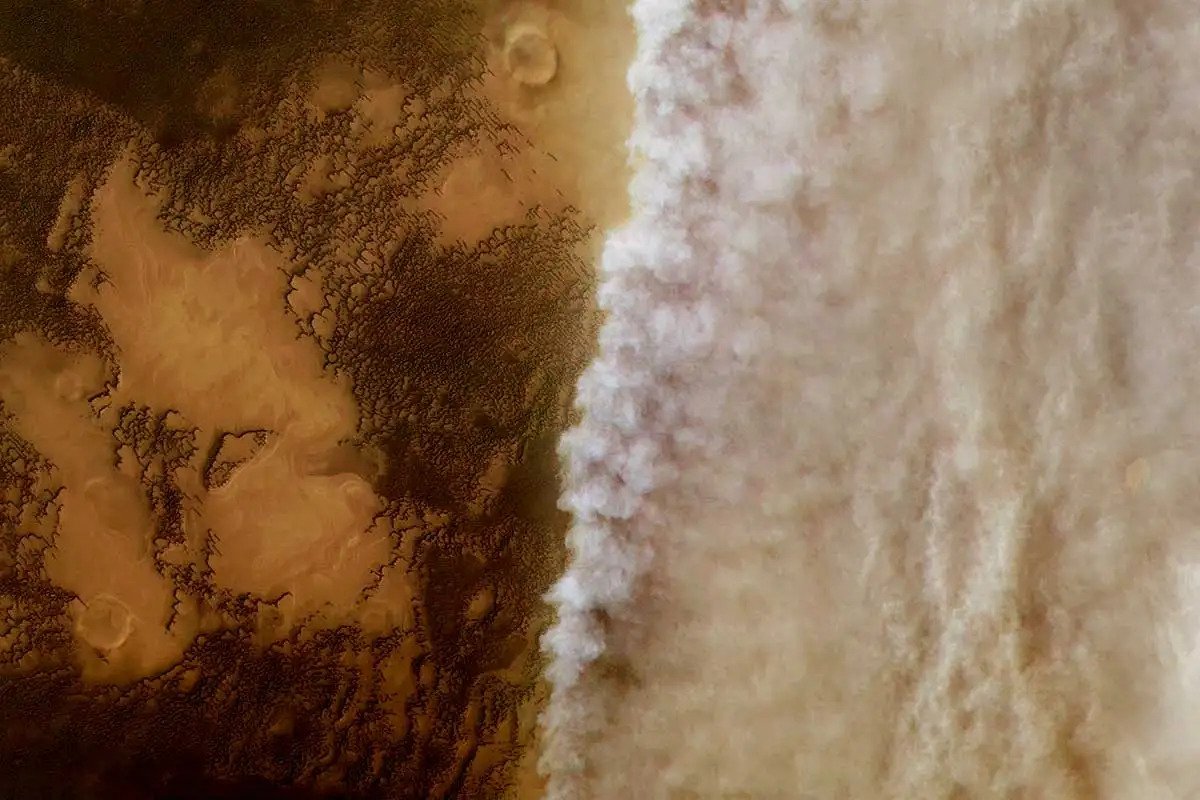The imbalance of energy that Mars receives from the Sun and gives to outer space can cause dust storms. Researchers came to this conclusion about these catastrophic phenomena based on the study of data collected by spacecraft.

What did the study of the thermal balance of Mars show
Researchers from the Goddard Space Center, NASA’s Jet Propulsion Laboratory and a number of universities conducted a study of the thermal balance of Mars. They determined the amount of energy that the planet receives from the Sun and compared it with the energy that it radiates into space. These works are extremely important for its future development.
The balance of thermal radiation is one of the most important factors affecting the climate of any planet. After all, the difference between the inflow and outflow of heat is the energy that accumulates in the atmosphere or, conversely, is lost by it.
To assess this process on Mars, the researchers used data collected by the Mars Global Surveyor (MGS), Curiosity and InSight space missions. At the same time, they were able to link the data to the change of day and night and seasons. They were especially interested in how the radiation from the planet changes during dust storms.
Studies have shown that there is a significant thermal imbalance between the seasons on Mars. Its value reaches 15.3 percent. On Earth, for comparison, this value is only 0.4 percent. This imbalance may be the cause of dust storms on the planet.
Dust storms on Mars
Dust storms on Mars are the largest phenomenon in its atmosphere. When they occur, they can cover an area larger than any hurricane on Earth. During one of these storms in 2018, communication with the Opportunity rover was lost. The other probes on the surface are also at great risk during each of them.
Studies show that during a dust storm on Mars, there is a significant daily energy imbalance. During the day, the planet emits 22 percent less heat than usual. At night, on the contrary, heat radiation increases by 29 percent.
Excess energy in the atmosphere as a cause of storms is well known for Earth and other planets. But on Mars, this process has so far been poorly studied. The planet’s atmosphere accumulates heat, then feeds dust storms. We have only just begun to understand how this happens.
According to www.universetoday.com
Follow us on Twitter to get the most interesting space news in time
https://twitter.com/ust_magazine
